Solar Spotlights or Wall Lights: Which Works for Your Yard?
Picking the right outdoor lighting can feel like a toss-up between solar spotlights and wall lights. Both are great for brightening up your yard, but they serve different vibes and purposes. Spotlights throw a focused beam, while wall lights spread a softer glow. If you’re stuck choosing, this guide breaks down their differences in range, brightness, installation, use cases, and power efficiency to help you decide what fits your home best.
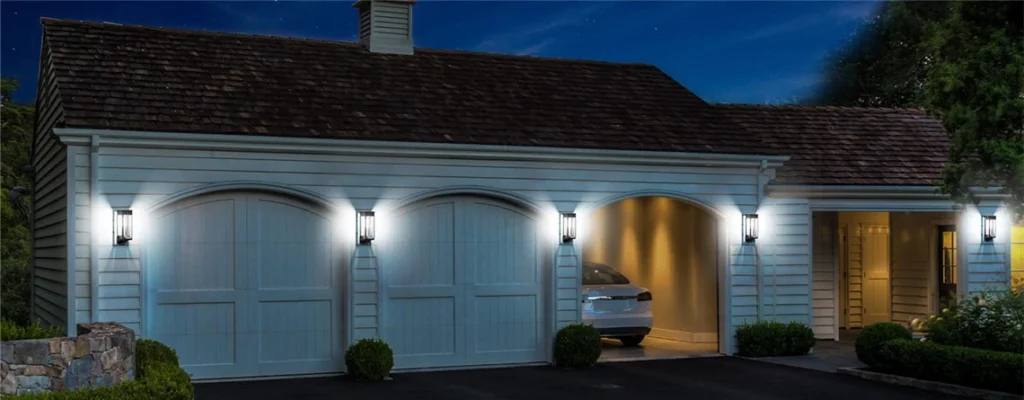
Lighting Range and Brightness
The biggest difference between solar spotlights and wall lights comes down to how they cast light:
- Spotlights: These pack a punch with a narrow, intense beam, often 200–1000 lumens. They’re perfect for highlighting specific features like a tree or statue, with light reaching 5–10 meters in a tight 30–60° angle. The focused beam ensures high brightness but covers less ground.
- Wall Lights: These spread softer light over a wider area, typically 100–300 lumens with a 90–120° angle. They’re great for bathing a patio or fence in a gentle glow, creating ambiance rather than pinpointing one spot.
If you want to spotlight a single feature, go for a solar spotlight. For broader, even coverage, a wall light’s your pick.
Installation Options
How and where you install these lights affects both function and ease:
- Spotlights: Super versatile—stick them in the ground with a stake for garden beds or mount them on walls or poles for elevated spots. Installation takes about 10–20 minutes, just needing a sunny spot for the photovoltaic panel. Adjustable heads let you tweak the angle easily.
- Wall Lights: These are usually fixed to vertical surfaces like house exteriors, fences, or garage walls. Mounting requires screws or adhesive and about 15–30 minutes. They’re less flexible to reposition but blend seamlessly into structures.
Spotlights win for placement flexibility, while wall lights are a set-it-and-forget-it choice for fixed locations.
Best Use Cases
Your yard’s layout and lighting goals will steer you toward one or the other:
- Spotlights: Ideal for accent lighting. Use them to highlight trees, shrubs, garden sculptures, or house numbers. A homeowner in Arizona used 400-lumen spotlights to make her cactus garden pop at night, drawing eyes to specific plants. They’re also great for security, focusing bright light on entry points like gates.
- Wall Lights: Perfect for general illumination. They shine on walkways, porches, or courtyard entrances, creating a safe, welcoming vibe. A Seattle family installed 200-lumen wall lights along their fence, making evening walks feel cozy and secure. They’re less about drama and more about consistent coverage.
Think spotlights for bold highlights, wall lights for everyday safety and ambiance.
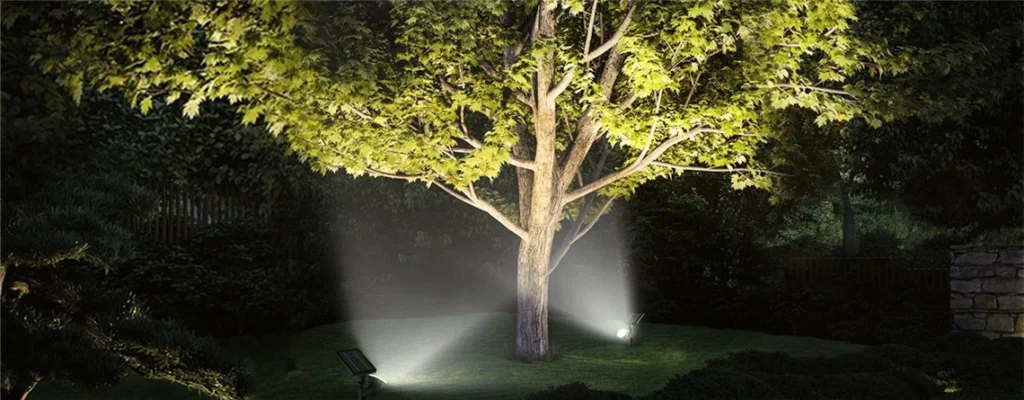
Power Consumption and Battery Life
Solar lights rely on batteries charged by photovoltaic panels, so efficiency and runtime matter:
- Spotlights: These often have larger batteries (2000–3000 mAh) to support higher brightness. A 400-lumen spotlight might run 6–8 hours on a full charge with 6 hours of sunlight. Higher power draw means they need strong sun exposure to last all night.
- Wall Lights: Typically use smaller batteries (1500–2200 mAh) since they’re lower in lumens. Many include motion sensors, which cut power use by only lighting up when needed. A 200-lumen wall light with a sensor can last 8–10 hours, stretching battery life in low-traffic areas.
Wall lights edge out for energy savings, especially with sensors, while spotlights need robust batteries for their intense output.
Practical Tips for Choosing and Setting Up
To get the most out of either option, keep these pointers in mind:
- Match Light to Purpose: Pick spotlights for focal points like garden art or door signs (300+ lumens). Go for wall lights on pathways or porches (100–200 lumens) for even coverage.
- Check Sun Exposure: Place photovoltaic panels where they get 4–6 hours of direct sun. Test over a few days to avoid shady spots that cut runtime.
- Test Angles at Night: For spotlights, adjust the beam to hit your target precisely. For wall lights, angle slightly downward to avoid glare in neighbors’ windows.
- Look for Durability: Choose IP65 or higher waterproof ratings for both types, especially in rainy or snowy climates. Check for sturdy mounts to handle wind.
A bit of tweaking ensures your lights perform and look great.
Wrapping It Up: Spotlight or Wall Light?
Solar spotlights and wall lights both have their place, but it comes down to what you need. If you’re all about dramatic, focused lighting for trees, statues, or house numbers, go for spotlights—they deliver intense beams and flexible placement. If you want a safe, welcoming glow for walkways, patios, or entryways, wall lights offer soft, wide coverage and energy-saving motion sensors. Both rely on photovoltaic panels, so ensure good sun exposure for reliable performance. Test your setup and match brightness to your goal, and you’ll have a yard that’s both functional and inviting, no matter which you choose.

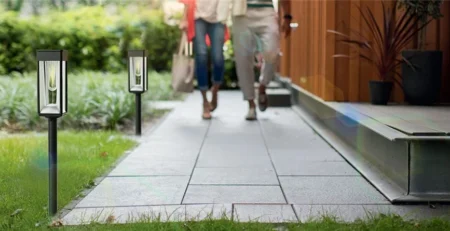

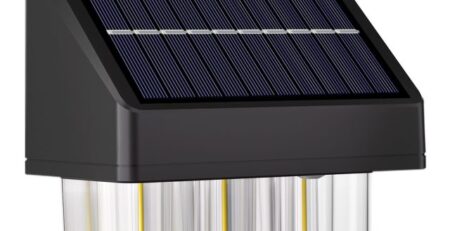
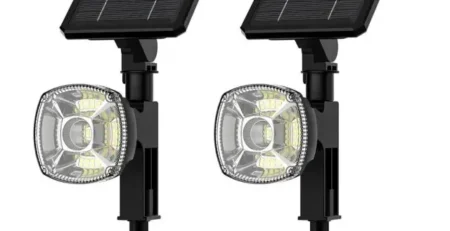

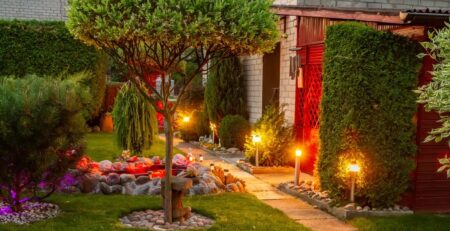
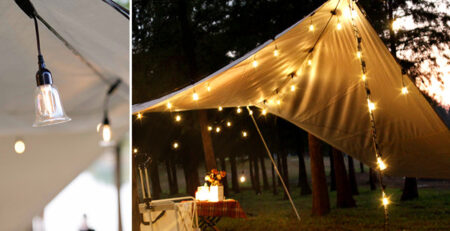
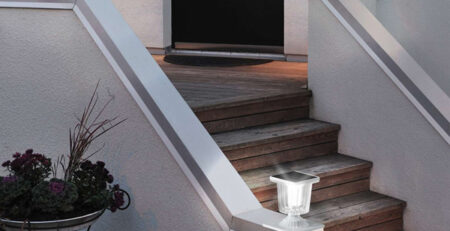
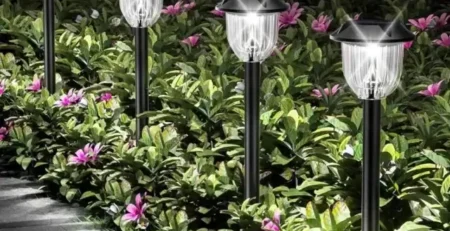
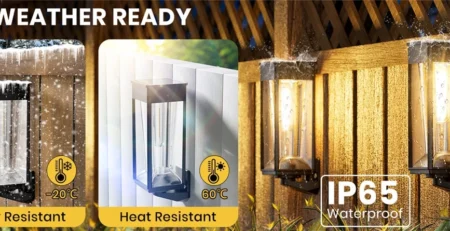
Leave a Reply